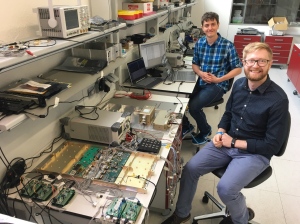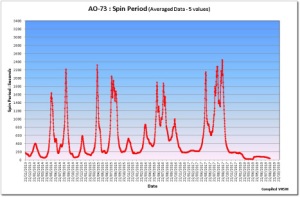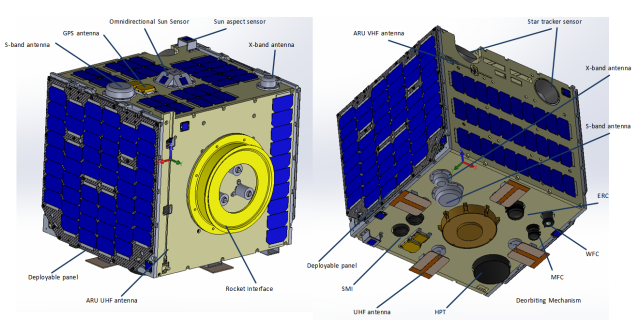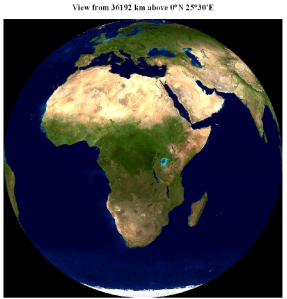ESEO satellite FUNcube-4 transponder talk at RSGB Convention

Dr Chris Bridges M0IEB and Pete Bartram from Surrey Space Centre with the AMSAT-UK payload and some of the ESEO electronics
Dr Chris Bridges M0IEB will be giving a presentation on FUNcube-4, an amateur radio transponder payload on the ESEO satellite mission, to the combined AMSAT-UK Colloquium / RSGB Convention in Milton Keynes at 1:30 pm on Sunday, October 14.
Thanks to the British Amateur Television Club the talk will be streamed live to a global audience at https://batc.org.uk/live/
ESEO is a 20kg class microsat which incorporates experimental payloads from a number of universities around Europe.
The FUNcube payload will provide similar telemetry to its predecessors but will have a more powerful transmitter and thus be even easier to hear. For amateurs, this payload will also provide a single channel L/V transponder for FM.
The downlink will be transmitted on 145.895 MHz and the uplink will be on 1263.5 MHz with a 67Hz PL tone (CTCSS) required. The ESEO project is being funded by the ESA Education Office. The launch date for this mission has not yet been confirmed but “late 2018” is now looking possible.
More information on the ESEO mission can be seen at https://www.esa.int/Education/ESEO
On Sunday, October 14 at 1330 BST (1230 GMT) Chris Bridges M0IEB will be giving a presentation on ESEO to the RSGB Convention in Milton Keynes. The talk will be streamed live to a global audience at https://batc.org.uk/live/
You can book tickets for the RSGB Convention at https://rsgb.org/convention
AMSAT-UK is holding a separate Dinner on the evening of Saturday, October 13, booking details at
https://amsat-uk.org/2018/06/18/colloquium-2018-saturday-gala-dinner/
Get The Details…
m5aka
AMSAT-UK
Powered by WPeMatico



 AO73/FUNcube-1 has been in space for almost five years and the original Sun Synchronous Orbit has now changed slightly such that the spacecraft will no longer be in eclipse for 35 mins every orbit.
AO73/FUNcube-1 has been in space for almost five years and the original Sun Synchronous Orbit has now changed slightly such that the spacecraft will no longer be in eclipse for 35 mins every orbit.


